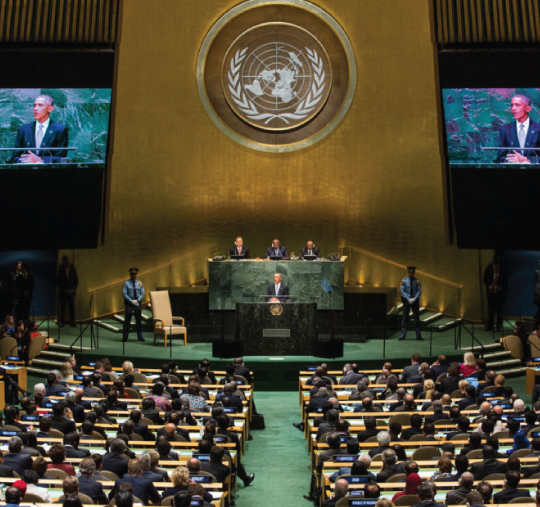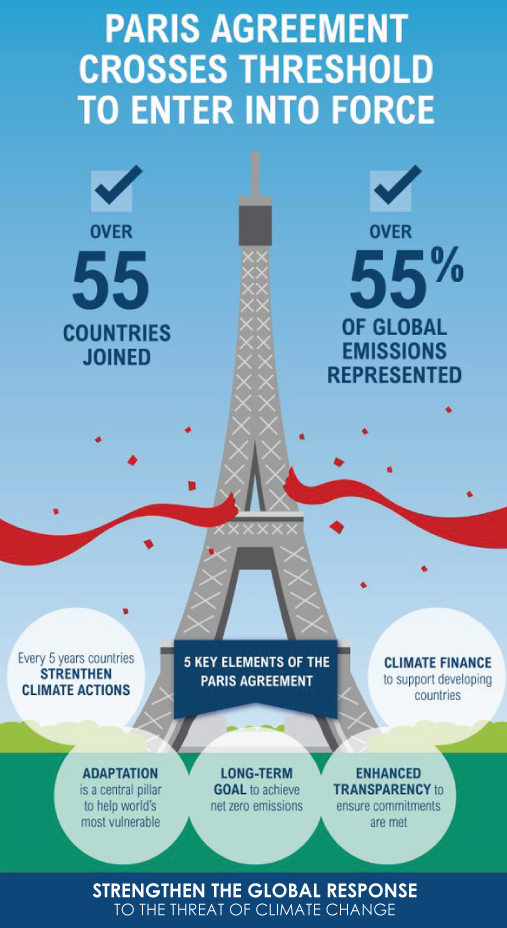Limit And Reduce GHG Emissions
The Protocol places a heavier burden on developed nations under the principle of common but differentiated responsibilities. The Kyoto Protocol entered into force on 16 February 2005. 192 Parties have ratified the treaty to date. Under the Protocol, 37 industrialized countries and the European Community have committed to reducing their emissions by an average of 5 percent against 1990 levels over the five-year period 2008-2012.
For this group of countries, reductions of 11% are projected for the first Kyoto commitment period from 2008 to 2012, provided policies and measures planned by these countries are put in place (see Annex). These countries will also have to make use of the Protocol’s flexible mechanisms in order to reach their collective emission reduction goal.












